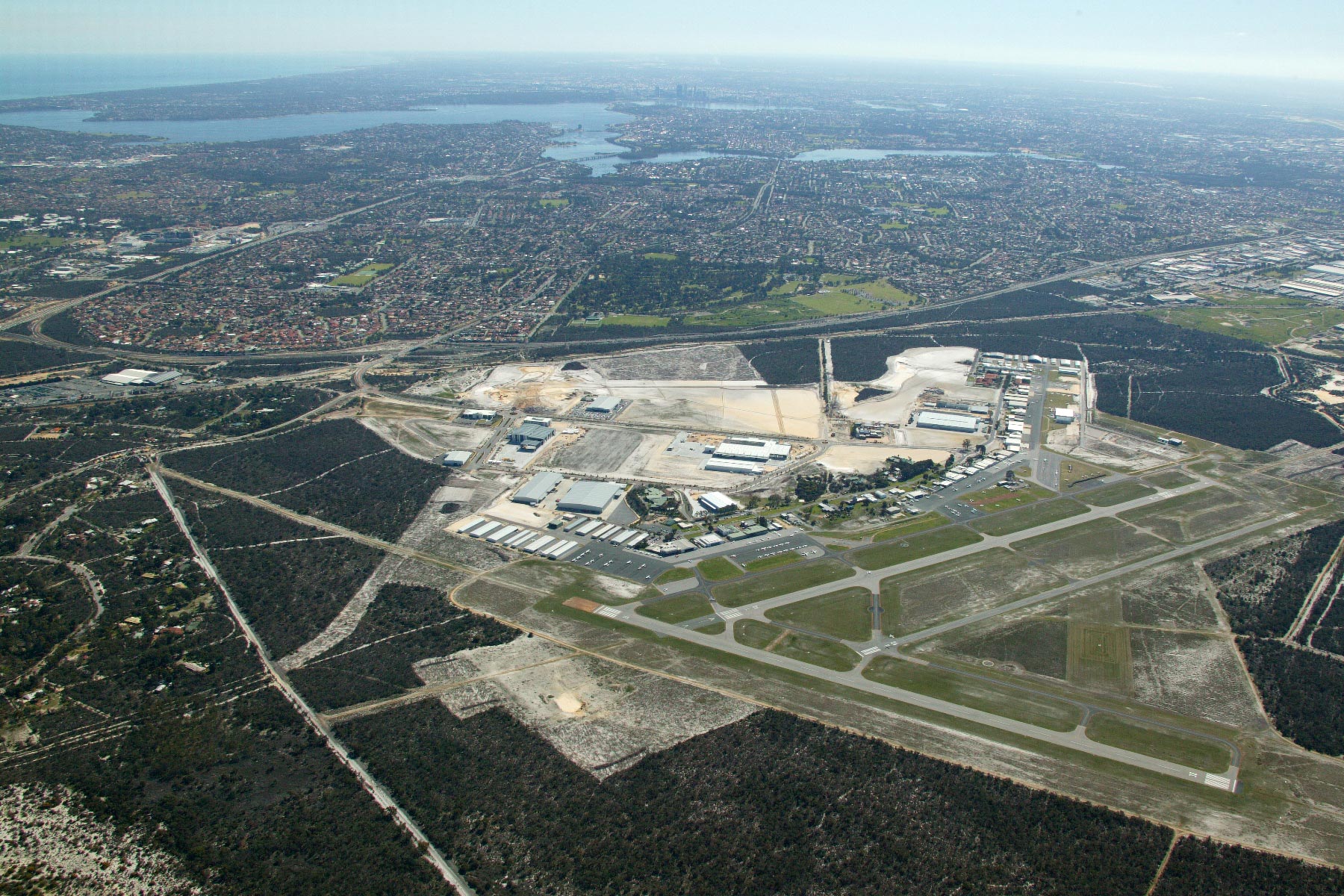Both the Civil Aviation Safety Regulations 1998 and the Manual of Standards Part 139 require Jandakot Airport to establish and maintain a Wildlife Hazard Management Plan (WHMP), prepared by suitably qualified persons. Jandakot Airport employs both an Environment Manager and an Environment Co-ordinator, who both hold relevant qualifications in ecology and environmental management.
The purpose of Jandakot Airport’s WHMP is to minimise risks to aircraft and airport operations that may be caused by wildlife activities on and near the airport.
The objectives of the WHMP are to:
- Ensure compliance with all relevant airport operational and environmental legislation and regulations;
- Ensure that adequate systems are in place for managing wildlife risks at Jandakot Airport;
- Define the methods by which wildlife hazards are managed at Jandakot Airport; and
- Reduce infringements in critical airspace by high and moderate risk wildlife species.
Monitoring is a critically important tool in wildlife management, providing essential information that assists in determining the highest risk species and in adapting the management measures to suit. Jandakot Airport personnel monitor wildlife hazards on the airport in a variety of ways. These include:
- Daily inspections of fences, gates, runways, and grass heights – which include a documented count of all birds seen in the movement areas during the inspection. These records are entered in to a database for trend analysis and reporting.
- Liaison and communication with users of the airport and other stakeholders, including ATC and pilots.
- The establishment of a Conservation Management Plan for management of vegetated areas on the airport.
- Recording and analysis of incident and hazard reports relating to wildlife management.
Mitigation measures are put in place to manage the potential impacts of wildlife at Jandakot Airport. There are a number of passive and active measures taken, from grass, seed and weed management through to kangaroo and wallaby exclusion fencing, and harassment of birds on movement areas. Pilots are kept informed of current wildlife risks via the AIP-ERSA, NOTAMs, or direct communication with the ATC.
The WHMP is reviewed and updated on an annual basis to ensure the most current wildlife sighting and strike information is assessed and management measures adapted to suit where required.

